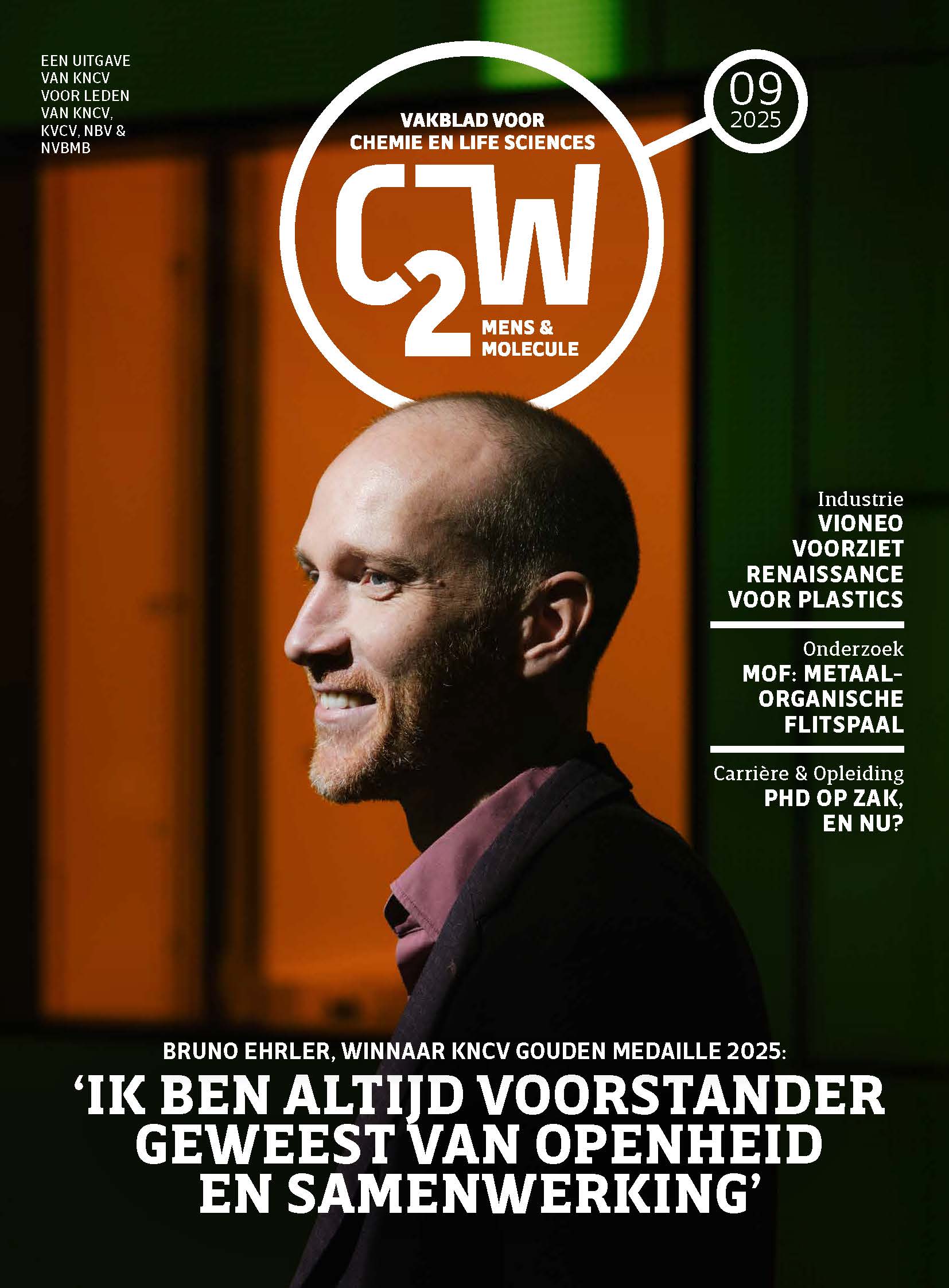Would you like to add an event to this list? Simply register your event using this form.
Macrophages in the brain: key players in disease and important therapeutic targets

Category
Ph D Defense
Date
2023-03-30 16:00
Venue
Vrije Universiteit Brussel, Brussels Humanities, Sciences & Engineering Campus, U-residence - Pleinlaan 2, 1050 Elsene
Brussel, België
Brussel, België
Promovendus/a: Karen De Vlaminck
Promotor(en): Prof. Dr. Ir. Kiavash Movahedi, Prof. Dr. Ir. Jo Van Ginderachter
The brain plays a pivotal role in the normal functioning of the body, and is thereto organized in specialized compartments that combine brain accessibility with protection. Permissive border regions –including meninges and choroid plexus–allow communication with the periphery, while sophisticated barriers block unwanted cells and molecules from entering the functional parenchyma. Each compartment harbors brain-resident macrophages, i.e. microglia in the parenchyma and BAMs at the borders. They are crucial for brain development and homeostasis, and act as immune sentinels by scanning the brain and clearing
harmful products. Upon disease, microglia undergo broad phenotypical changes and can play detrimental as well as tissue-healing roles, likely coordinated by context-specific cues. Yet, BAM responses upon disease remain elusive.
Furthermore, monocyte-derived macrophages are often abundantly recruited to the diseased brain, but it remains incompletely understood how resident and recruited macrophages molecularly and functionally relate.
This PhD thesis characterizes microglia, BAM and recruited macrophage responses upon infection with the brain-invasive parasite Trypanosoma brucei. By
combining cutting-edge technologies, we show that microglia and BAMs expanded and underwent strong phenotypical adaptations, allowing them to
participate in initial parasite control and subsequent recruitment of peripheral help. Remarkably, microglia appeared to massively mobilize onto the choroid plexus epithelium. Recruited macrophages progressively accumulated in the infected brain, and adopted anti-microbial expression profiles with broader transcriptional plasticity than resident macrophages. Upon drug-induced parasite elimination, recruited macrophages rapidly disappeared and microglia underwent a gradual transition towards a homeostatic state. However, BAMs retained an
altered phenotype for at least two months, suggesting that homeostasis may be affected long-term after disease resolution.
As researchers are gradually uncovering brain-disease-driving macrophage
functions, macrophage-centered immunotherapies pose important new treatment strategies. Glioblastoma (GBM) –the most prevalent and aggressive brain tumor– is standardly treated by tumor resection, radiotherapy and/or chemotherapy, but always recurs and inevitably results in patient death. GBM macrophages play tumor-promoting roles and are correlated with poor prognosis. Hence, reprogramming them towards an anti-tumoral state may greatly ameliorate disease outcome. As cancer cells overexpress CD47 to propagate a “do-not-eat-me” signal to SIRPα-expressing macrophages, blocking this interaction could promote cancer cell phagocytosis. Here, we used SIRPα-targeting nanobodies, i.e. antigen-binding antibody fragments with a theoretically
high tumor- and brain-penetrating capacity. We show that anti-SIRPα nanobodies bind primary mouse GBM macrophages and give a first proof-of-concept that they target mouse GBM in vivo. Finally, we elaborate on their promising potential as diagnostic and therapeutic tools in the future.
All Dates
- 2023-03-30 16:00
Powered by iCagenda

